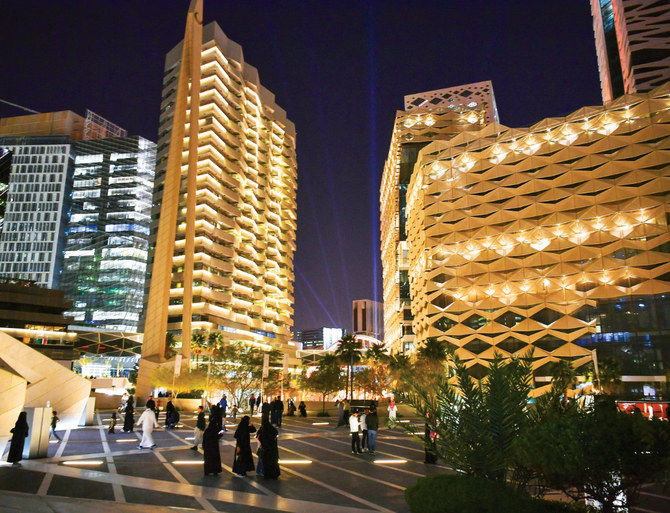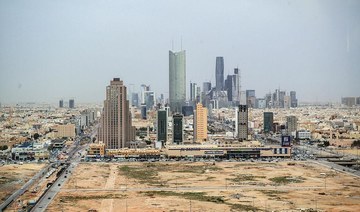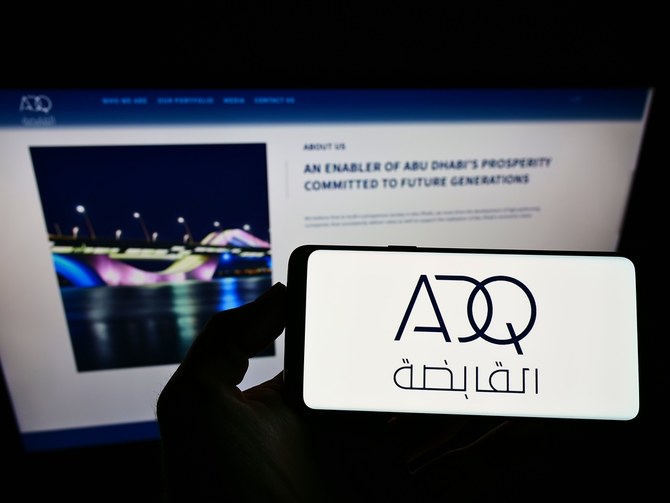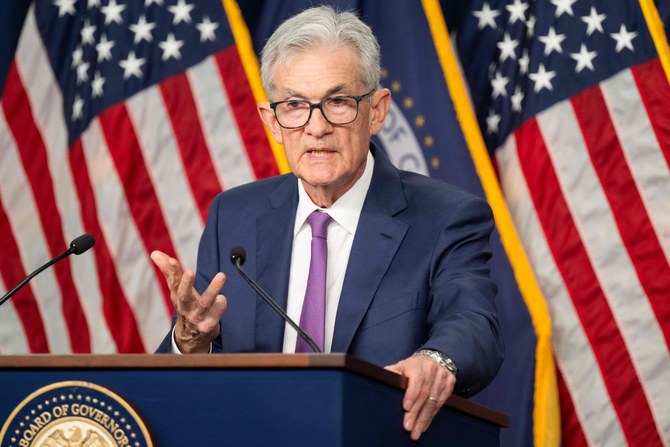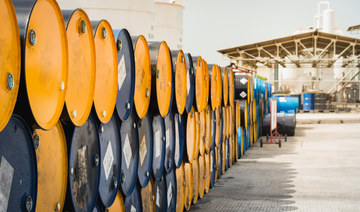RIYADH: Saudi Arabia’s secondary market for residential real estate financing has received SR50 billion ($13 billion) from the company tasked with transforming the sector, Arab News has been told.
The Saudi Real Estate Refinancing Co., SRC, established in 2017 and fully owned by the Public Investment Fund, is designed to provide market liquidity as well as capital and risk management solutions to the housing finance market.
In order to support the Kingdom’s Vision 2030 goals of achieving 70 percent home ownership, the government created a unique model that ensured the establishment of the necessary infrastructure across the secondary housing finance market value chain, and opted to create a national mortgage aggregator and refinancing entity.
SRC’s strategy of providing funding to originators and financiers, rather than individual buyers, has been pivotal in cementing its role in the Kingdom's real estate landscape.
This approach has amplified the liquidity of the secondary real estate finance market, ensuring originators and financiers have access to the necessary funds.
According to information supplied by SRC to Arab News: “(The company’s) efforts resulted in the value of the refinanced real estate portfolios and the liquidity provided to the real estate financing market to exceed SR50 billion, which enabled banks and financing entities to provide real estate financing solutions to citizens at fair cost, in order to achieve greater stability and development within this vital market.”
Before SRC’s inception, Saudi Arabia’s housing refinance was typically transactional, the company said, with banks selectively buying portfolios to aid their housing finance exposure, or capitalizing on market timing.
In 2018, the country began to witness a paradigm shift with the introduction of standardized refinancing solutions that are independent of lenders’ current appetite.
Over the next two years, the company conducted 30 real estate refinancing transactions through which nine residential finance institutions were supported, with a value exceeding SR5.6 billion.
From 2021 to 2023, it aimed to further support the secondary market for residential real estate, with its total refinancing operations amounting to SR29 billion, with 54 real estate refinancing transactions, with 16 residential real estate finance institutions
Thus, the volume of refinancing resulting from the purchase of portfolios by the company exceeded SR35 billion, in addition to approximately SR15 billion short-term credit facilities for real estate financiers for the purpose of new origination
This shift aims to offer stability, longevity and innovation to the housing finance market, SRC noted, providing essential solutions for all originators to meet the significant local demand for housing finance to support the goals of Vision 2030.
The CEO of the company, Fabrice Susini, told Arab News that it aims to harness its capabilities and expertise in order to position itself to be the preferred partner for real estate financiers in the Kingdom.

Fabrice Susini, CEO of the Saudi Real Estate Refinancing Co. (Supplied)
“We aim to enable a larger number of citizens to benefit from financing solutions. With flexible residential real estate that suits their aspirations, which will lead to an increase in home ownership rates in the Kingdom, in line with the goals of Saudi Vision 2030,” he said.
Thus, refinancing in the housing finance sector now operates based on two models.
The first involves mitigating financing risk and capacity constraints through credit, hedging, capital and balance sheet solutions.
The second is offering funding solutions for increased capacity and liquidity access, while retaining the inherent risk of the financing contracts.
In order to do so, the company sought to further inject liquidity into the market through its sukuk program that it offers to qualified investors.
Through doubling the total size of its sukuk program, denominated in Saudi riyals, from SR10 billion to SR20 billion, the company secured its position as a continues regular issuer.
SRC's commitment to the financial sector's growth in the Kingdom is unwavering. Through continuous sukuk issuances, SRC seeks to attract a diverse range of investors, both local and international.
This commitment not only promises market liquidity but also a stabilized real estate finance market and increased homeownership.
SRC’s domestic sukuk program supports the strategic objectives of Vision 2030’s Financial Sector Development Program as well as the housing program.
SRC has embraced Islamic financing, raising capital through local sukuk issuances with shariah compliant Saudi investors and aims to extend this strategy internationally.
In 2018 and 2019, the company issued sukuk worth SR750 million through several tranches.
This was followed in March 2021 with the launch of its local sukuk program backed by government guarantees worth SR10 billion, offering SR4 billion in two tranches with maturity periods of 7 and 10 years.
In December 2021, the company made the third tranche of the program available, worth SR2 billion, and completed the full value at the beginning of 2022 by issuing the fourth tranche, worth SR4 billion.
In 2022, SRC announced the doubling of its program for local bonds denominated in Saudi riyals, and the completion of the offering of the fifth tranche by issuing local bonds worth SR3 billion Saudi riyals.
In May 2023, the company completed the offering of the sixth tranche worth SR3.5 billion, followed by two tranches of SR3.5 billion in November, thus completing the program with a total value of SR20 billion.
The company aims to further diversify funding sources by offering dollar-denominated bonds in global markets, in a step to contribute to attracting foreign investments.
In addition, it seeks to securitize portfolios by offering mortgage-backed securities, in order to ensure the flow of investments and obtain liquidity to support the growth of the real estate financing sector in the Kingdom.

SRC's Deputy CEO Majeed Fahad Alabduljabbar. (Supplied)
The deputy CEO of SRC, Majeed Fahad Alabduljabbar, told Arab News: “The Saudi Real Estate Refinancing Co.’s ongoing issuances of sukuk reinforce its commitment to contributing to the development of the financial sector in the Kingdom, and confirms the company’s keenness to continue developing the real estate financing market, providing liquidity, and supporting the efforts undertaken by Saudi government, to achieve further growth in home ownership rates for Saudi families.”
By facilitating market liquidity and providing capital and risk management solutions to originators and lenders, SRC plays a role in ensuring the availability of new sources of financing in the residential real estate market and supports borrowers' easy access to home financing.



